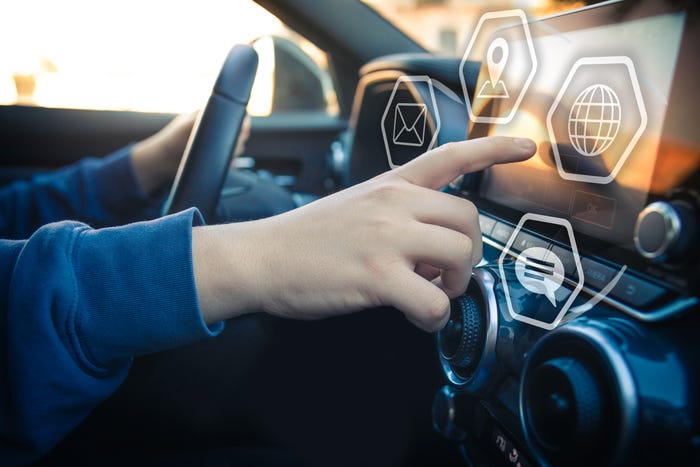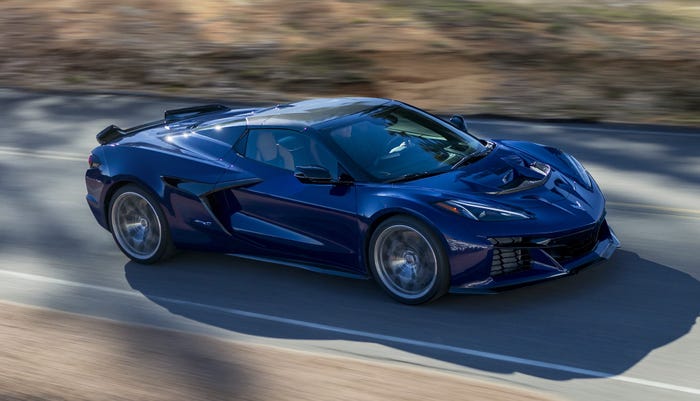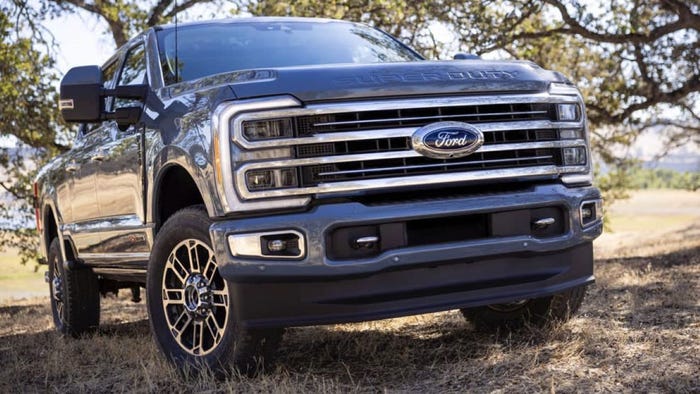Falling Stars May Hinder Safety Ratings
“There’s a vehicle I know of that previously was a 5-star,” says a TRW executive familiar with the revised federal NCAP safety ratings. “Tested to the new NCAP, it’s barely a 3-star.”


ROMEO, MI – In a matter of months, auto makers and suppliers will need to abide by new federal safety regulations intended to provide better protection, especially for small occupants, in front and side collisions.
And so-called “star ratings” will be going down for light vehicles that fail to meet the requirements of the revised New Car Assessment Program, which takes effect with the start of the ’11 model year.
The National Highway Traffic Safety Admin. administers the NCAP, which began in 1978 as a way to provide consumers with a measure of safety performance.
With the new testing criteria, safety supplier TRW Automotive Holdings Corp. estimates OEM fleet ratings, on average, will fall from five stars to three.
“It will be significantly more difficult to have a 5-star vehicle in the future,” Steven Peterson, TRW’s director-engineering for North America, says at a recent media backgrounder at its newly renovated Occupant Safety Systems testing center here.
“There’s a vehicle I know of that previously was a 5-star,” he says. “Tested to the new NCAP, it’s barely a 3-star.”
The revised NCAP still includes criteria for front and side collisions, but now will require testing for small-stature adults and for neck and femur injuries, as well as chest deflection, or crush.

TRW engineer rigs up sled for frontal crash test.
Another new test requires a collision at the driver’s side door with an “oblique pole” measuring 12 ins. (30 cm) in diameter.
Under the new side-impact testing, a vehicle will receive a 1-star rating if the probability of a serious injury is more than 40% for a 50th percentile male (5-ft.-9-ins., 175 lbs. [175-cm, 79 kg]) and 5th percentile female (5-ft.-2-ins., 98 lbs. [157-cm, 44 kg]).
A 3-star rating is obtained if the probability of serious injury for the same occupants is between 15% and 20%. The 5-star rating goes to a vehicle with a serious-injury probability of less than 10%.
Protecting occupants in side collisions is difficult, because they generally are positioned close to the doors, leaving little buffer against an encroaching vehicle or other object.
Front airbags have been mandatory in the U.S. since 1994, but there is no requirement for side or curtain airbags to protect the head, shoulders and torso, particularly in rollovers.
FMVSS 214 calls for improved side-impact protection and is being phased in through 2014.
“It generally requires us to put curtain airbags in the vehicles,” Peterson says. “It’s not a ‘nice to have,’ it’s a ‘must-have.’”

TRW airbags designed to lessen severity of side impacts.
TRW officials estimate up to 75% of new vehicles in North America come equipped with curtain or side airbags and say the installation rates surely will go up.
Maintaining 4- and 5-star ratings will require the addition of new technology, and TRW has several offerings, particularly in the area of airbags, says Jeffrey Aird, director-customer account engineering for TRW Occupant Safety Systems.
“We need more sophisticated systems to understand what crash mode the occupant is experiencing, to help protect them in the best way,” Aird says.
Airbags already have become more adaptive with the arrival of dual-stage technology that incorporates seat-position and occupant-weight sensors to determine whether and how fully an airbag should deploy.
Today’s airbag also can be tuned with tethers and vents electrically actuated by a pyrotechnic device to allow it to be more rigid for an unbelted occupant or softer for a belted occupant.
Also in production in the U.S. for the past year is TRW’s low-mount knee airbag, which deploys below the steering column to keep the occupant rearward in the seat, preventing chest injuries, especially for unbelted occupants.
Aird says the knee airbag can improve front-crash ratings 0.5 stars for drivers and up to 1.1 stars for passengers.
For side impacts, TRW is marketing new dual-chamber side airbags capable of achieving 4-star ratings, as well as 3-dimensional single-chamber side airbags capable of 5-star ratings.
Peterson admits the public may be confused if safety scores begin falling for new vehicles.
“But it’s a good thing,” he says. “It’s challenging the whole industry to do better, and it requires a systems approach.”
And although NCAP certification is not required, Peterson says no auto maker can afford to ignore the ratings. “If the government’s going to take your car and test it, you’d better have a good star rating if you want to sell vehicles.”
Peterson says he is encouraged by recent statistics showing 84% of vehicle occupants nationwide are using seatbelts.
“Michigan is now the No.1 state for seatbelt usage, at 98%. Fantastic. The No.1 thing everyone should do is put on their seatbelt.”
About the Author(s)
You May Also Like


_(2).jpg?width=700&auto=webp&quality=80&disable=upscale)


